While it is usually only about 18 inches long, the spinal cord contains nerves, intervertebral discs, muscles, ligaments and facet joints that allow movement throughout the body.
When the spinal cord is damaged, messages cannot travel back and forth from the brain to the spinal nerves, causing serious implications for the body’s ability to move and function as it should. If that happens, it’s crucial to see an orthopedic spine specialist like Dr. Timothy Roberts of New York Spine Institute.
What Happens When You Damage Your Spine?
Any injury to the spine is considered extremely serious. Whether it’s caused by overuse, a tumor, stenosis or car accident, a spinal cord injury (SCI) can lead to loss of function, mobility and feeling, affecting all aspects of daily life.
There are four different types of spinal cord injuries:
- Cervical
- Thoracic
- Lumbar
- Sacral
When the spinal cord is damaged, the resulting harm can also be classified as a complete or incomplete injury:
- Complete spinal cord injury: With a complete spinal cord injury, a person won’t have any sensation or voluntary movement below the injury site.
- Incomplete spinal cord injury: With an incomplete spinal cord injury, a person will have some function and sensation below the injury. An individual might, for example, be able to move one part of their body more than the other.
How Do You Know If You’ve Damaged Your Spine?
Because of the many different ways an individual can damage their spine, symptoms can vary drastically. That’s why it’s important to speak with a trained spine care expert like Dr. Roberts if you are experiencing any signs of spinal injury.
For example, with a C-7 and T-1 spinal cord injury, a person will most likely have dexterity issues with their hands and fingers but still be able to extend their arms. Meanwhile, cervical or neck spinal injuries can cause quadriplegia or complete paralysis. Injuries at and below the thoracic level can cause paraplegia or paralysis of the legs and lower body.
In general, some common signs of a spinal injury include:
- Chronic pain.
- Difficulty walking.
- Headache.
- Inability to regulate blood pressure.
- Inability to move arms/legs.
- Lack of sweating below the injury.
- Loss of bladder or bowel control.
- Low blood pressure.
- Numbness or tingling in the extremities.
- Pain or pressure in the neck or back.
- Reduced control over body temperature.
- Signs of shock.
- Unnatural head position.
- Unconsciousness.
Receive Individualized Care From Trusted Specialists at New York Spine Institute
At New York Spine Institute, our excellent multi-specialty spine and orthopedic center treats everything from back trauma to scoliosis. No matter what condition you are facing, providers like Dr. Timothy T. Roberts can deliver the latest diagnostics and create individualized medical treatments focused on the least invasive options to help relieve your pain and restore your quality of life.
If you have any questions about our high-quality and compassionate treatments, we encourage you to reach out to us today for more information. Just call us at 1-888-444-NYSI or request an appointment by filling out our online form to meet with our highly skilled orthopedic spine specialist Dr. Roberts.




